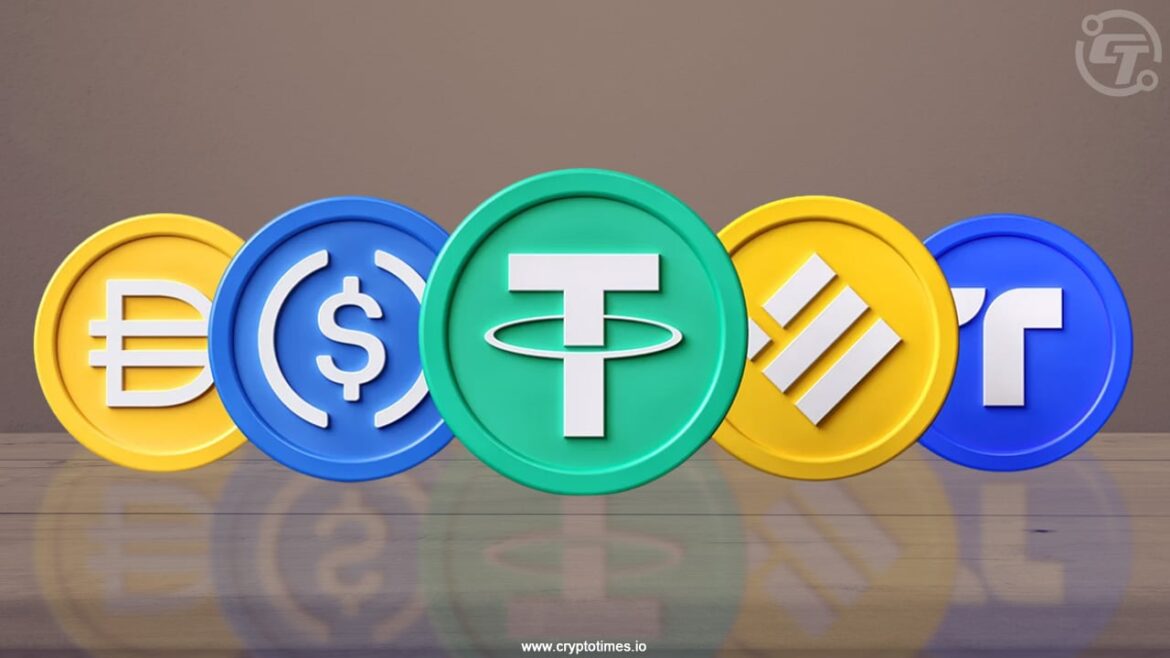The stablecoin market briefly touched a $300 billion capitalization on CoinMarketCap (CMC) this week, marking a significant milestone for the sector. However, conflicting figures reported by rival platforms like CoinGecko and DeFiLlama highlight the lack of a standardized methodology for measuring the fast-expanding market.
Different Platforms, Different Results
While CMC reported a mcap of $300 billion on Thursday, CoinGecko listed $291 billion and DefiLlama showed $289 billion the following day. The gap comes from divergent methodology. CMC tracks about 150 stablecoins and excludes some as “rehypothecated assets,” while CoinGecko and DefiLlama list nearly 300, using algorithms, outlier filters, and on-chain TVL to refine results.
Comparison of Total stablecoin market capitalization
These different approaches produce significant gaps. CMC does not track Tether Gold (XAUT), a $1.3 billion asset included by CoinGecko, nor does it count the new Sky (USDS) contract, the upgraded version of DAI worth $8.1 billion. Together, those omissions create nearly a $10 billion discrepancy across platforms.
This milestone arrives as stablecoins gain increasing political attention. The market has surged past $200 billion since late 2024, driven primarily by the growth of Tether (USDT), USD Coin (USDC), and Ethena’s USDe, a new-generation synthetic dollar that provides a native yield.
This growth has caught the attention of policymakers, with the Trump administration’s “Genius Act” in July reportedly aimed at boosting the U.S. dollar’s global standing through stablecoins. Still, ongoing regulatory pushes in Europe and persistent transparency concerns could slow the market’s march toward $400 billion by year-end.
The bigger picture
According to Rafaela Romano of Alphractal, discrepancies “will always exist” because stablecoin supply is harder to track than Bitcoin. CoinMarketCap’s head of research, Alice Liu, added that excluding rehypothecated assets prevents double counting across wrapped tokens, staking derivatives, and complex collateralized structures. Still, the lack of standardization underscores how fragmented reporting remains in this market.
The $300 billion marker is less a definitive number than a signal of momentum. Discrepancies between data providers show the sector’s complexity, but they also highlight the growing weight of stablecoins in global finance, even as mainstream adoption remains just out of reach.
Also read: Bitcoin sharks add 65,000 BTC amid rebound


